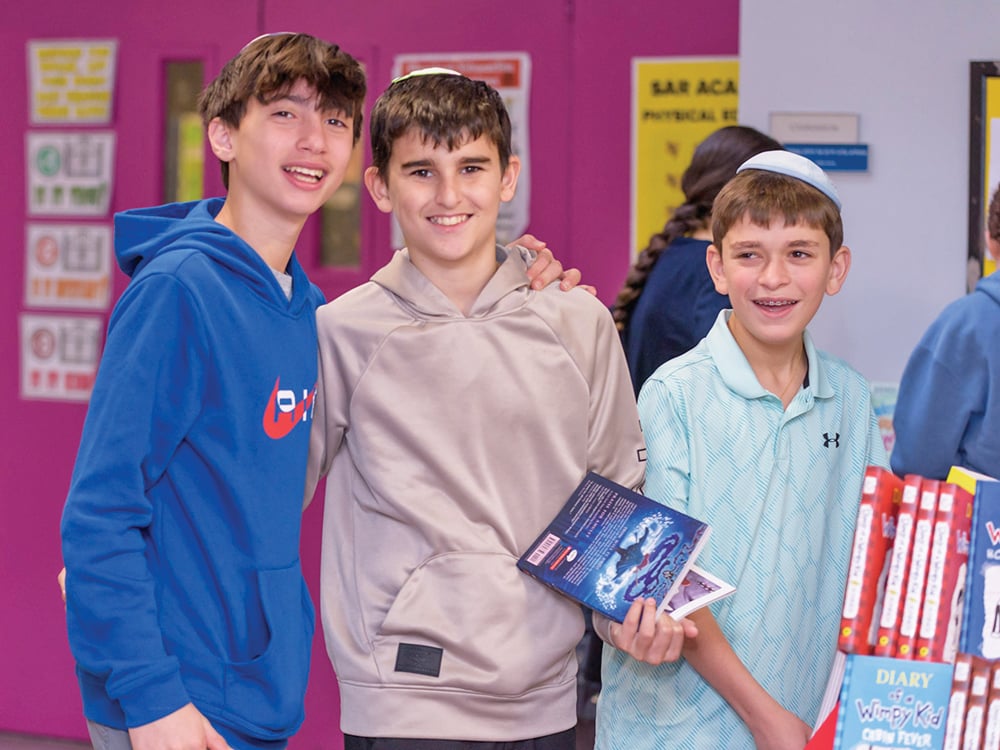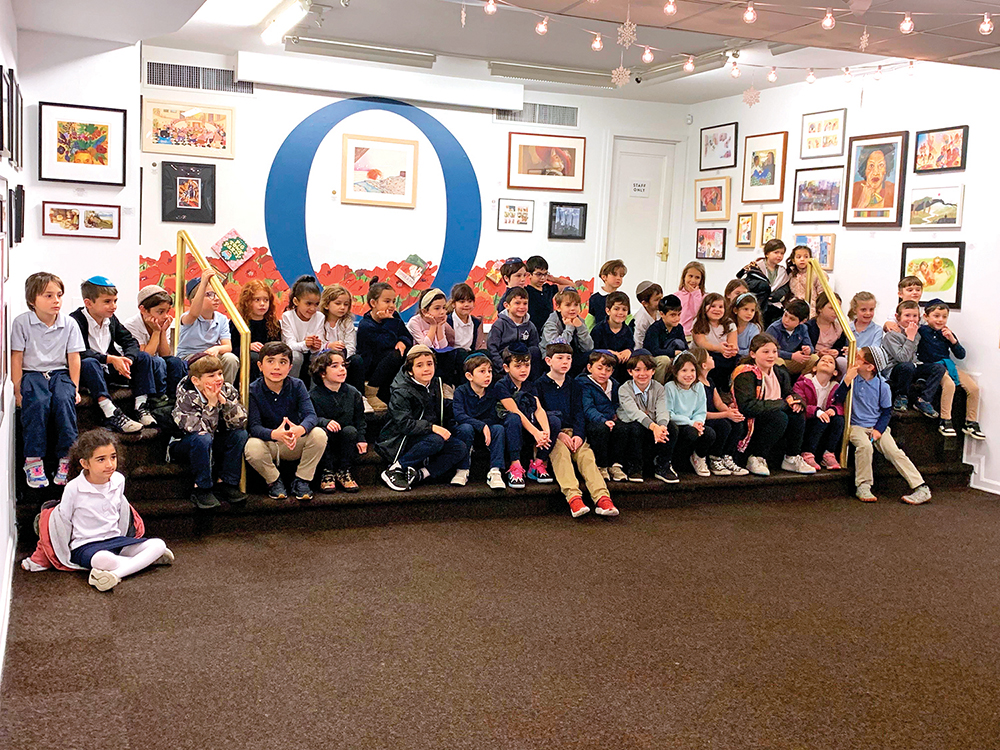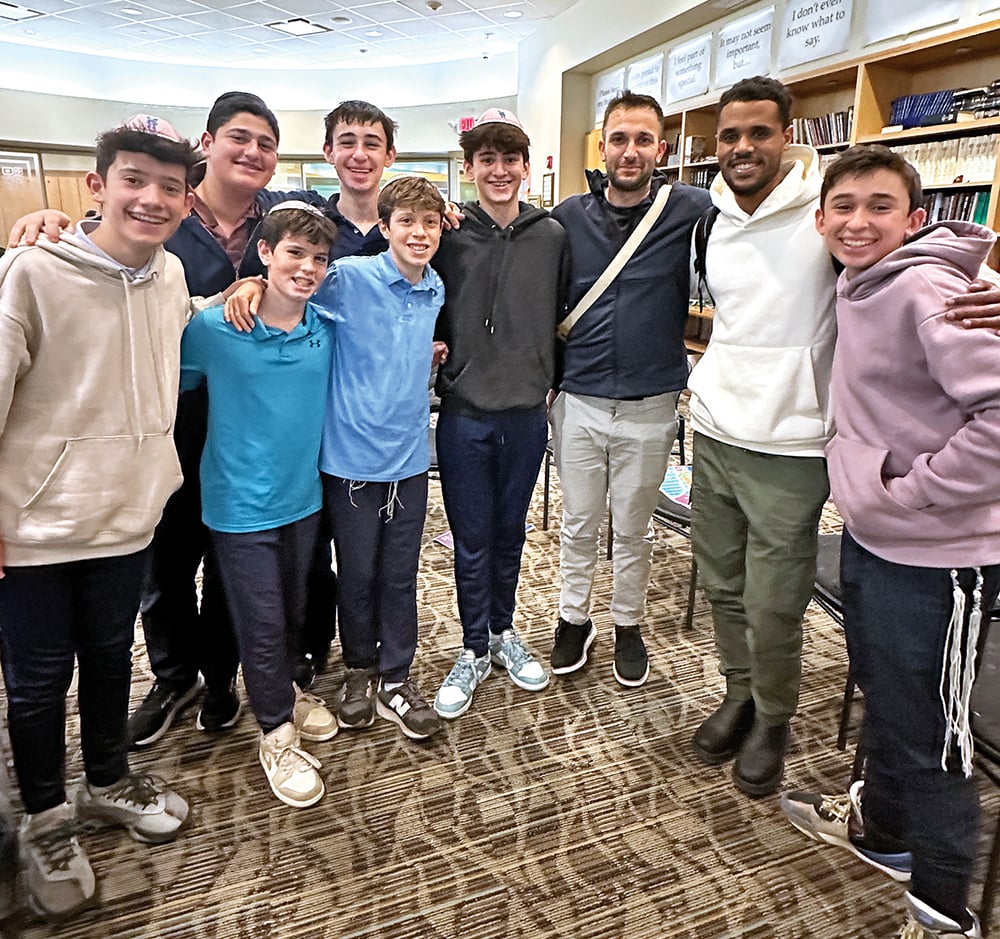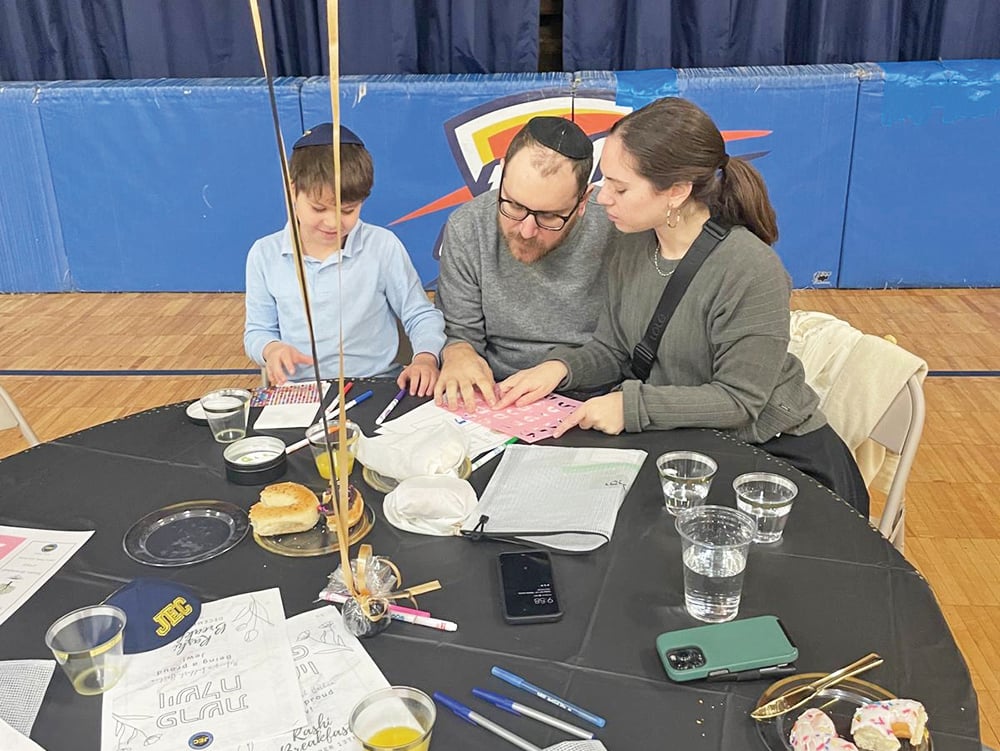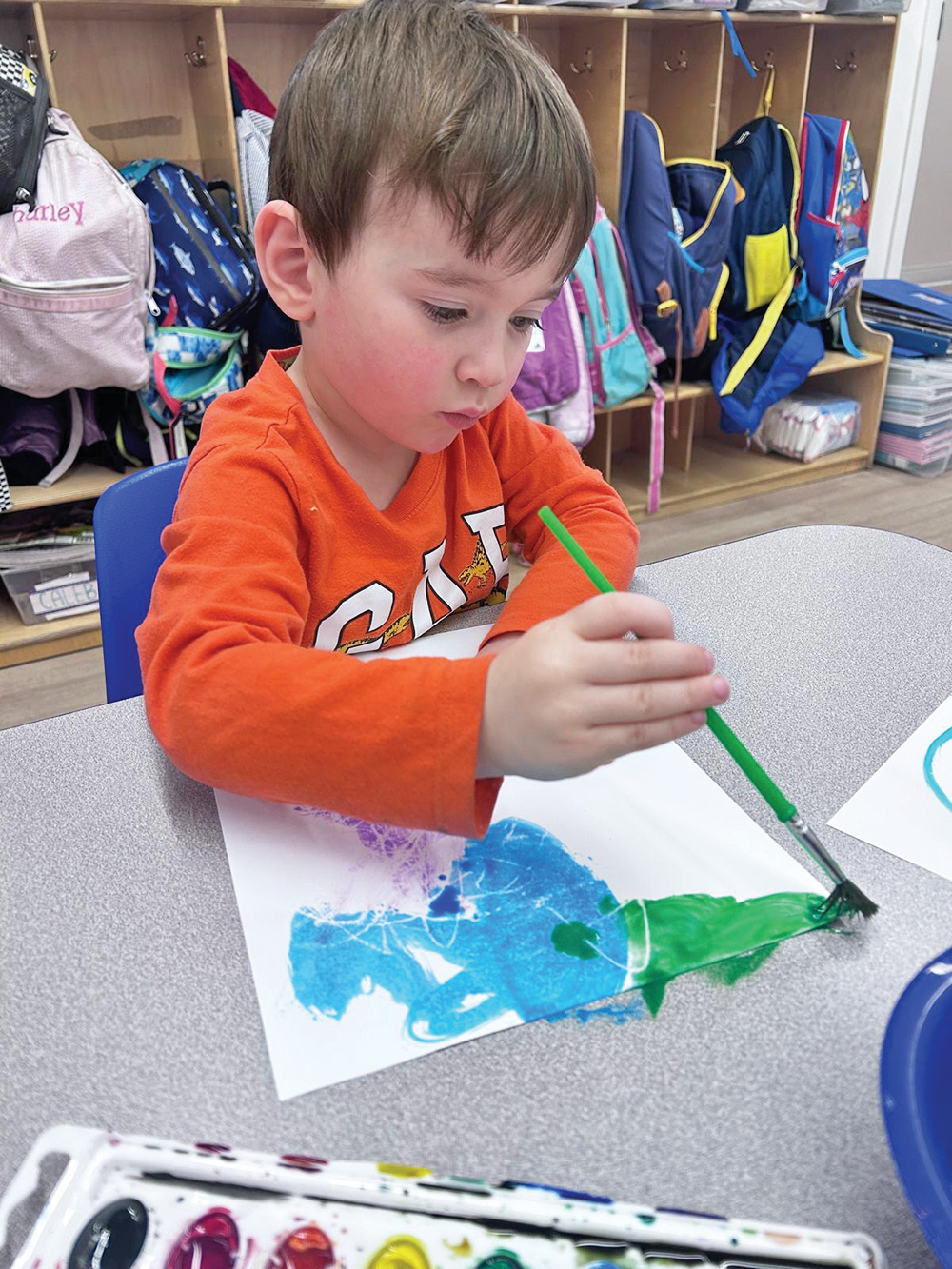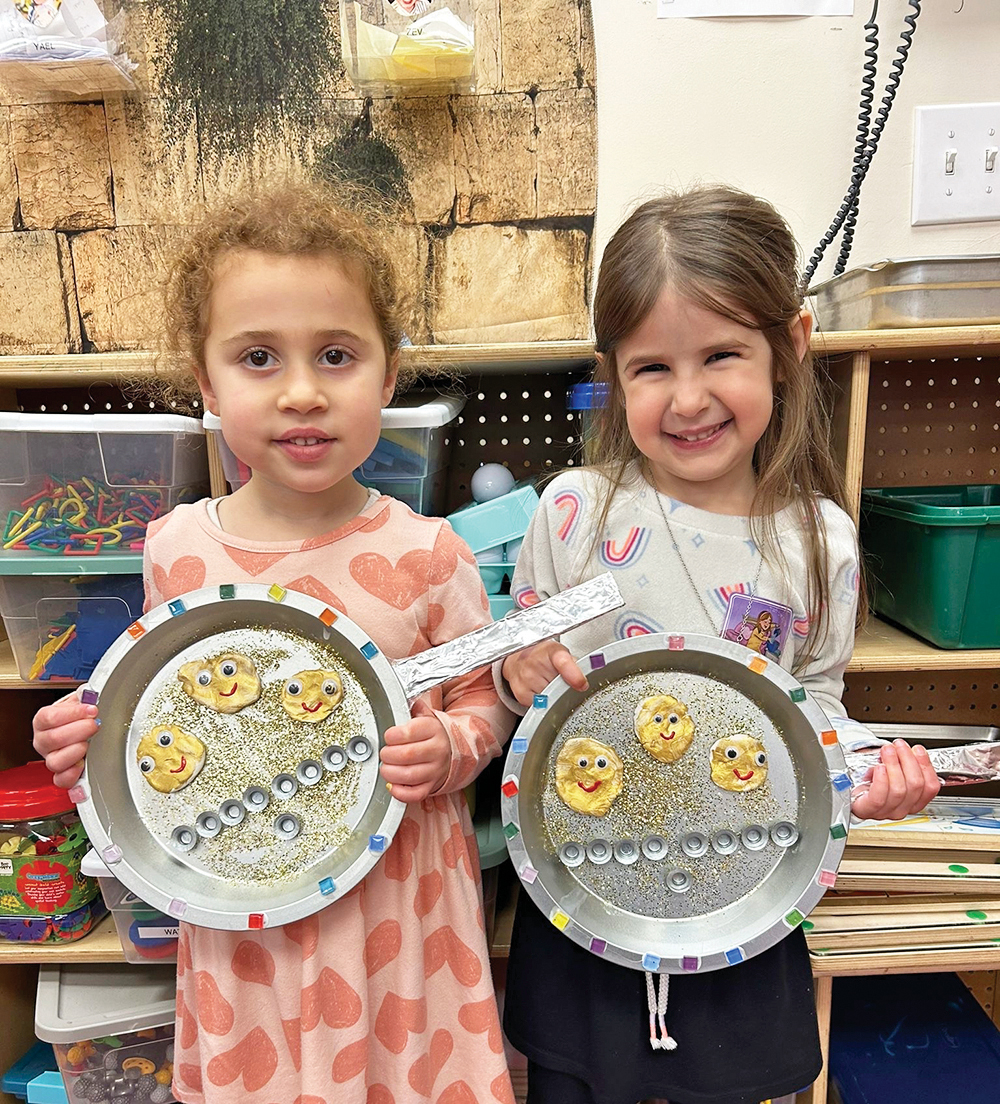





Have you heard the joke: Two Jews are stranded on a desert island…they build three synagogues—one for the Orthodox Jew, one for the Reform Jew, and one that neither one of them will ever set foot in!
Not so in West Orange, New Jersey.
Move over Carole King, it’s 2015 and West Orange is no longer just “status symbol land*.” In close proximity to New York City, this mid-sized suburban township in Essex County has morphed into a destination spot for young families and retirees alike.
You don’t have to be religious, or even Jewish, to live in West Orange but, if you are, everything that you need is easy to find. The community-minded residents of this New Jersey town agree. Township historian Joseph Fagan revealed, “The Pleasantdale section dates back to Colonial times with an influx of Jewish population in the 1920s and 30s.”
Today, West Orange is rich in culture, bustling with activities for people of all ages and interests. With an array of Modern Orthodox synagogues and a flavor for every taste, this town is able to pull it off with grace. “Many families are members of multiple shuls,” says Barbara Flumen. The list of shuls is enviable, with a fit for every need, Chabad to Conservative, with Reform and Reconstructionist congregations nearby.
Residents point out that Jewish or not, you will be caught up in the vibe on the Sabbath. Fagan, a non-Jew, observed that Saturday mornings there are religious people walking en masse to the synagogues on Pleasant Valley Way (PVW). In the afternoon, children fill the playgrounds.
Harvey Greenspan, real estate broker associate, doubles as mashgiach. Traveling by foot a little over one mile takes him to the farthest of the one Conservative and several Orthodox houses of worship he monitors. Several shuls line PVW, the street made famous in the Monkees’ 1967 release of “Pleasant Valley Sunday*.”
Greenspan’s wife Nina said they moved there in 1994 because they wanted to be in a community that they could afford, with at least one or two Orthodox shuls within walking distance, and close enough to travel to her job. When she gave birth to triplets, the community pulled together to help, bringing meals, clothes and toys.
Bruce Buechler, chairperson of the zoning board, as well as past chairman of the board of Congregation Ahawas Achim B’nai Jacob & David (AABJ&D), moved to West Orange in 1989, after seeking an established Jewish community with an Orthodox shul and an eruv, close to where he worked.
Buechler explained there are subtle, minor differences between Modern and ultra-Orthodox in dress and attitudes. The West Orange synagogues are almost all Modern Orthodox, with similar davening and a mechitza.
Rabbi Doniel Witkin, rabbinic administrator, grew up in town. Born after the eruv was installed in the early 1980s, each week he personally inspects every bit of it. Witkin revealed, “Every week there are repairs needed. It takes at least 1 ½ hours to check, and at times 2 ½ depending on repairs. If they need a cherry picker, the man comes from Long Island.”
According to Witkin, “The eruv sweetens and enhances Shabbos. People can carry keys, a water bottle, extra shoes, gloves, even sunglasses. The eruv is a big responsibility, requiring a guarantor to pay for it and must be maintained to the highest standards.” Witkin noted, “There are people who walk to Kessler every Shabbos to make a minyan; they extended the eruv to Northfield Avenue so the rehabilitation center is included.”
A ritual mikvah services the entire community. A mikvah for dishes is located behind AABJ&D.
AABJ&D, with 435 member families, offers daily morning minyanim at various times, including a whopping five services each Shabbos. From AABJ&D, with two full-time rabbis on the board running Ashkenazic and Sephardic services and bountiful programming, down to the intimate, home-grown, lay-run shteibels, the community is all about meeting the needs of its residents.
Celebrating their Golden Jubilee this year, AABJ&D, known as “the alphabet shul” for the lengthy initials, is not only the largest, but also the oldest congregation in town. Rabbi Eliezer Zwickler, head rabbi of AABJ&D, believes the warmth of the shul community is paramount.
Zwickler came to AABJ&D because he sees it as “a nice mix, a diverse group that understands what community is.” Modern Orthodoxy shows “more engagement with the world around it, engaging in secular society, while keeping observant and remaining steadfast with Torah and mitzvot.”
“Society in general is becoming more individualized,” Zwickler stated, and “what is unique about West Orange is the sense of responsibility to each other. People reach out to help in good times and at difficult times.”
Assistant Rabbi Yosef Sharbat, the only Sephardic rabbi in the county, came to lead AABJ&D’S Sephardic community four years ago. When looking for a job he “fell in love with the unique, non-homogeneous community.” Complementing the mix of rich histories and cultures of the Jewish congregants from various countries, Sharbat’s own ancestry heralds from Kabul, Afghanistan.
Thirty-five active families belong to the Sephardic section of AABJ&D, which offers a daily minyan every morning and evening, with a vibrant Shabbos minyan, following the minhag of Israel. Sharbat explained, “The camaraderie comes from the one goal of chesed—taking care of each other. The people actually care about each other and want to help each other out.” Intertwined with the community at large, Sharbat and Zwickler speak at each other’s pulpits and after mincha on Shabbos, while their congregants share a meal. Congregation Ohr Torah is the second-largest of the town’s Orthodox congregations, with morning and evening daily minyanim. Ohr Torah, doubling in size since Rabbi Marc Spivak took the helm in 2003, is an all-volunteer organization—there is no office staff. Michael Diamond noted, “The membership really feels a sense of ownership…an amazing amount of volunteerism to make the shul run.” Diamond quickly added, they have “the best kiddushes, also catered by volunteer members.”
What Diamond thinks is unique about West Orange is, “how laid-back, non-judgmental and accepting the community is. Whether…religious observance, background or net worth—everyone gets along.” Diamond expounded, “Like one big happy family, even though there are several shuls in town, there is no feeling of separation—we really view it as one big community.”
Chabad of West Orange is headed by Rabbi Mendy Kasowitz. About to move into their expanded location at 401 PVW, Kasowitz came to West Orange, which already had a thriving Jewish community, in 2002, with a mission to reach out to every single Jew in town. He explained, “In the olden days, someone had to light the lamp. Now, Chabad is reaching out to ignite the spark” within each Jew.
Kasowitz exudes enthusiastically that often people passing through will stop in and comment, “You made my day by the warm welcome you gave me.” Every morning Chabad of West Orange has a minyan. They offer a study program Tuesday evenings, joined by students of the rabbinical college in nearby Morristown.
Rarely away, when he does leave West Orange Kasowitz “cannot wait to return to the atmosphere, unity, and mood—that’s the way to live…you’ve got to be positive.” They have social get-togethers and offer courses throughout the year in a comfortable environment where one can grow spiritually. Rosh Chodesh Society, a social for women, is run by the rabbi’s wife, Altie. Once a year there is a women’s-only dinner with a speaker.
Kasowitz beams, “West Orange is a real community. One of the highlights of the year is Tashlich at Degnan Park. Seeing members of other shuls around the lake is always fabulous. This year it was especially picture perfect.” Kasowitz concluded, “We love what we do and the people in the community, and we are excited about a bright future in front of us.”
Still looking for the right fit? The community has more options. Rabbi Avrum Stone of Congregation B’nei Torah says, “B’nei Torah is unique in its being a traditional beis medrash where the focus is on achieving personal and communal growth through enhancing Torah study and spiritual connectivity.”
In addition to services and shiurim on Shabbos, there is a kollel—presently Monday and Tuesday nights at 8:15, where rabbis from yeshivas in Lakewood and Monsey join in for one-on-one chavrusa learning. “The goal is to always leave our minyan a better person than we were when we entered,” says Stone, as he declares, “West Orange is a special community because it consists of real people with a real desire to grow.”
Beth Israel Synagogue, run by lay leaders, has a smaller neighborhood morning minyan in a new building. The Englishtown Synagogue on Buckingham Road, also with no rabbi, has Shabbos services primarily servicing local residents in the Englishtown and Mt. Pleasant sections of town.
Maayan, on Lakeview Avenue, is the newcomer, dubbed modern-Modern Orthodox, offering a more egalitarian approach with women being allowed halachically-permitted participation.
Menashe Dickman moved to West Orange 16 years ago, when looking for an Orthodox community in the New York metro area more affordable than the city, which wasn’t spiritually or materially judgmental. He found it in West Orange. Dickman said Maayan started in June 2015 and there’s not much like it outside the city. With all participants being members of other synagogues, 35-50 people meet once a month on Friday night and Saturday morning in people’s homes with Rabbi Danny Geretz. They try to be as inclusive as possible while remaining true to halacha. While they have a mechitza, they try to include women and children if possible, concluding that if it is halachically allowed it should be encouraged.
Still too traditional? Prefer a Conservative synagogue? B’nai Shalom is a warm and welcoming congregation of about 320 member families. Rabbi Robert Tobin says, “My wife and I were looking for a shul we would have joined if I wasn’t a rabbi. B’nai Shalom is heimish…” They were impressed with the strong Jewish population in West Orange, the diverse larger community and the proximity to New York.
While they do not operate a preschool at B’nai Shalom, Tobin takes great pride in their three-day-a-week Hebrew school, calling it a “Little Red Schoolhouse” approach. His contention is that “less is less and more is more.” He boasts that they have fourth and fifth graders reading Torah. While over 80 percent of their members’ children, including his own, attend Golda Och Academy, for the families who do not send their children to day school, this is a serious religious school, attended by students of Conservative and Orthodox families. They also reach out of narrow boundaries with Scout troops half comprised from the Orthodox community.
Tobin has been their rabbi for five years and finds that the people of West Orange are “open to blurred boundaries,” which he finds “kind of neat.” He dubbed B’nai Shalom as the happiest shul in Essex County, adding, “There is a solid, stable membership…” Their social hall was packed with 450 people for lunch at his twins’ b’nei mitzvah a few weeks ago, when the entire community came out to celebrate.
Speaking with a variety of residents created a roadmap of this unique town. Sundays are no longer for sitting and smelling charcoal burning everywhere*; the recreational facilities in town are second to none.
Schneider’s Hardware owner, Gerald Schneider, can give a full history of the town. Walking on the original floorboards in the busy third-generation hardware store he runs with his brother Roger in the Tory Corner Section of town on Main Street, Schneider noted that Llewellyn Park was “all of West Orange” in the early days. There were only a handful of Jewish families in the Main Street area, the rest was farmland with cows.
Roger Schneider, co-owner of the oldest business in West Orange and the oldest hardware store in the county, says, “West Orange is like no other town in New Jersey because of its geographic access to suburbs and New York City,” adding, “multi-ethnic with a full gamut of economic backgrounds for people who don’t want a homogeneous suburban experience—people from all over the world live in West Orange.” According to Fagan, a recent statistic shows there are close to 21 languages spoken in the high school.”
And, Schneider added, “People are living in the suburbs but living with a diverse group of people, close to New York. Loaded with county facilities and municipal amenities are elements for anyone who doesn’t want to live in an urban area,” continuing, “There has been a wave of people coming from the five New York boroughs, who find West Orange most affordable, with grass, playgrounds…a very diverse ethnic and economic population.”
Flumen commented, “We are in the middle of everything, so parents can choose schools from Paramus to Elizabeth.” Access is a huge benefit to the town’s location.
No one can speak to that more than the Greenspans, who gave a huge thumbs-up to the multiple options for public and private schools. Parents of triplets with different needs, centered in the crossroads, they were easily able to send the children to schools that met their individual needs, within an easy commute of 30-40 minutes. One traveled by bus to the Jewish Educational Center (JEC) and later Bruriah High School in Elizabeth, another by bus to West Orange public schools, and the third by van to schools in Paramus and Morristown.
The Buechler children went through the Joseph Kushner Hebrew Academy/Rae Kushner Yeshiva High School, where Bruce’s wife Debbie teaches, from kindergarten through 12th grade. Along the way, she also served as co-president of the school’s parent-teacher council.
West Orange ShopRite carries a wide variety of kosher items, including a fresh delicatessen section. In addition, the town has a kosher bakery and take-out Chinese restaurant. Over 20 eating establishments in the local area, including West Orange, Springfield, Livingston and Short Hills, including caterers, are certified by the Va’ad of Metrowest, which started in the 1980s. Rabbi Yakov Teichman and Rabbi Aaron Leff make sure proprietors are following the kashruth policy set under the Va’ad.
It’s not just the tantalizing venues for entertainment, fine Judaica for purchase or the vast array of amenities that gives the West Orange Jewish community its ruach, but the welcoming, non-judgmental community that makes people want to call it home. It’s where everyone makes their own Shabbos, and it works.
Thinking of moving to West Orange? Carole King would call it “Beautiful*.”
*Reference to the current Broadway musical “Beautiful—The Carole King Musical,” detailing the life of Carole King. The show includes reference to her years living off the main thoroughfare of Pleasant Valley Way, in the Pleasantdale section of West Orange, and the song by Ms. King and Mr. Goffin, popularized by The Monkees…Pleasant Valley Sunday.
By Sharon Mark Cohen



